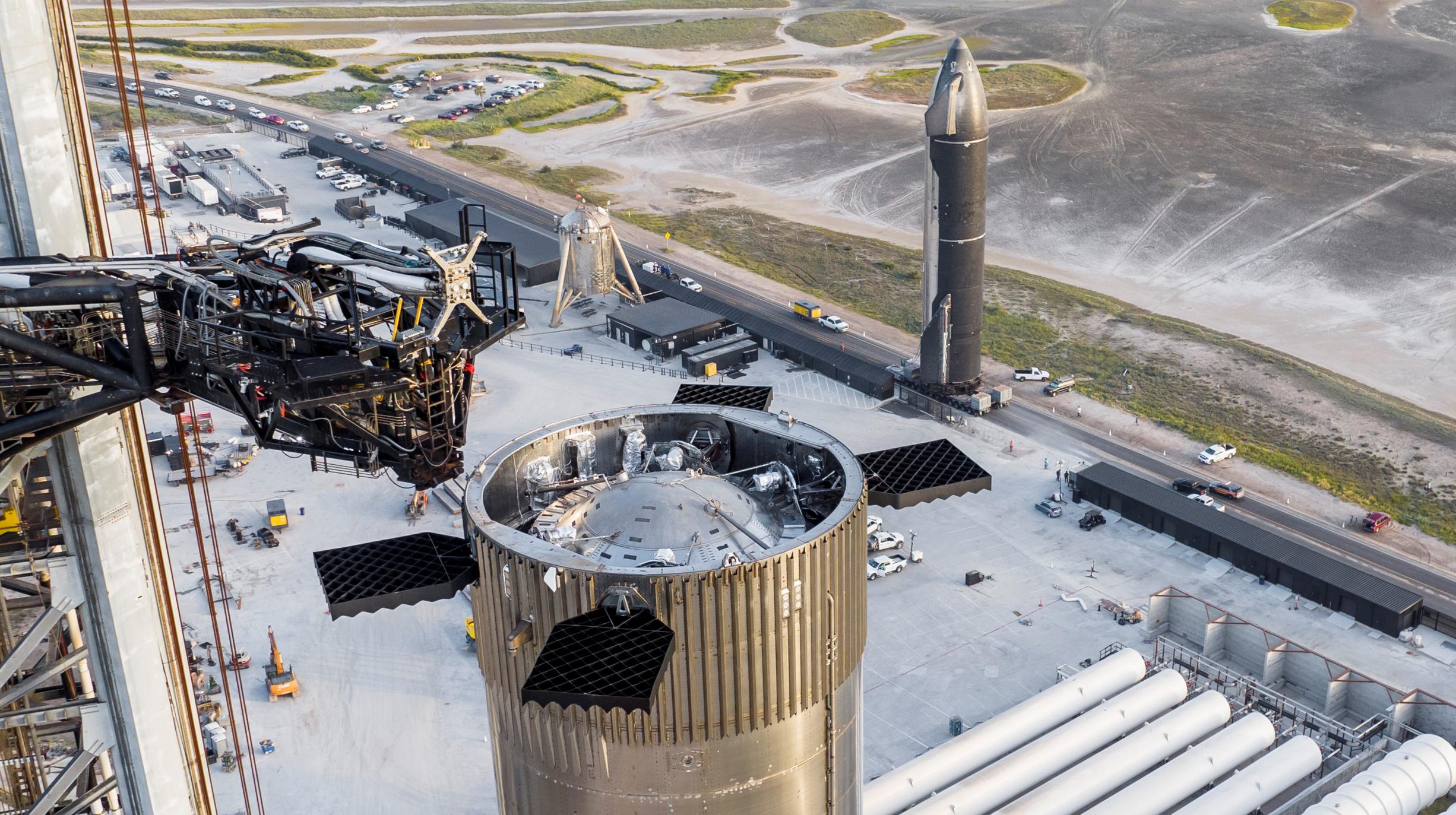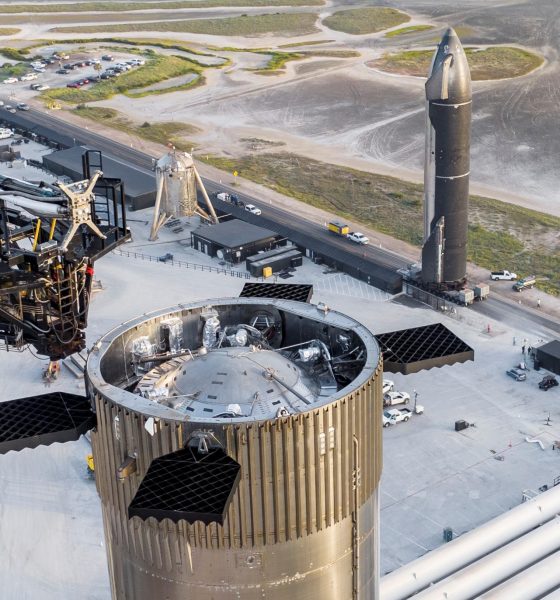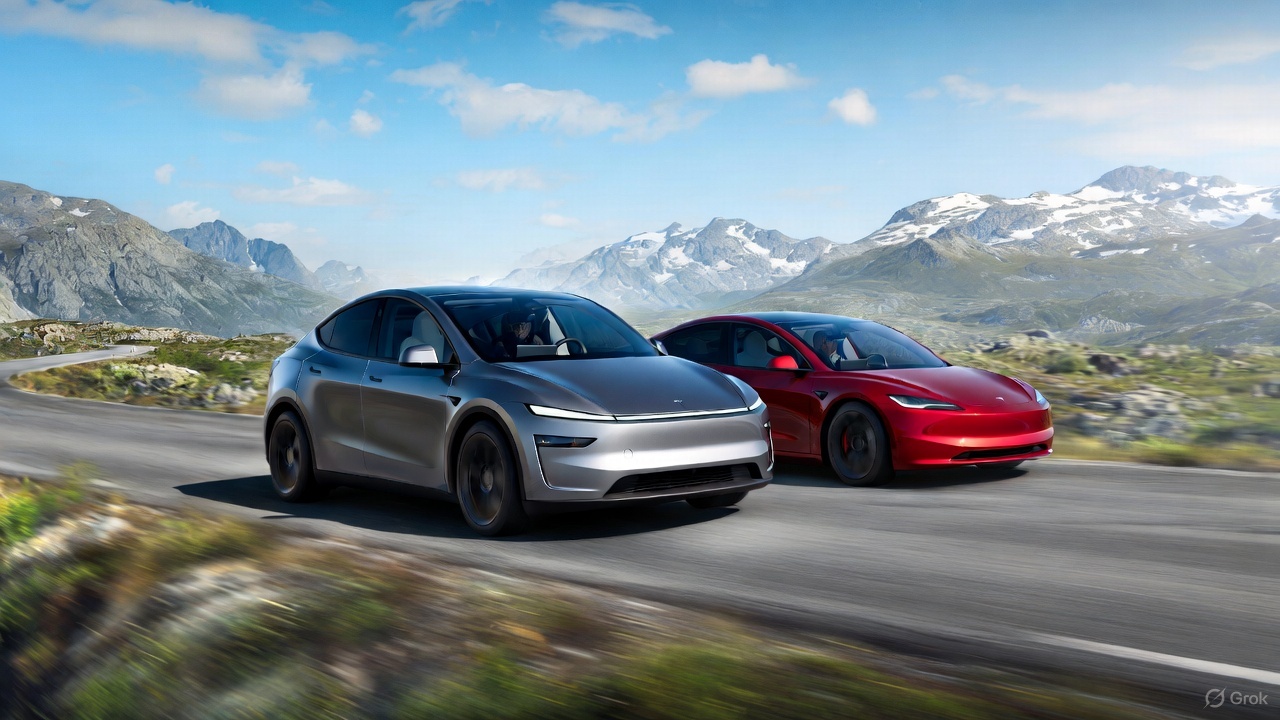

News
Elon Musk sets expectations for SpaceX’s first orbital Starship launches
CEO Elon Musk says that SpaceX’s first successful orbital Starship launch will “probably [occur] between 1 and 12 months from now,” revealing a surprising amount about the near future of the next-generation rocket program in a short tweet.
The famously (over)optimistic CEO’s latest Starship schedule estimate is uncharacteristically cautious, hedged, and open-ended while simultaneously setting some reasonable expectations about the likelihood of success.
First publicly unveiled in September 2016, the fully-reusable, next-generation rocket that eventually became today’s stainless steel Starship was tentatively scheduled to begin orbital flight testing in 2020. About two years after that first announcement, CEO Elon Musk unexpectedly sacrificed years of development work on Starship structures when he decided to replace the rocket’s carbon fiber composite airframe with stainless steel. Years later, it’s still hard to say if that decision was the right one, but Starship development has been surprisingly unperturbed by such an immense last-second design change.
While Musk was saying almost the same thing 12 months ago, the CEO now believes that Starship’s first orbital launch attempt could happen as early as next month – September 2022. Simultaneously, Musk believes that the first orbital launch attempt could be “successful,” although it’s not entirely clear how he defines “success.” Less optimistically, his August 2nd tweet also implies that he wouldn’t be surprised if it takes SpaceX a year and multiple attempts to achieve Starship’s first successful orbital launch.
It’s even possible to interpret his tweet as a warning that Starship’s first orbital launch – while more likely to be successful – could be up to 12 months away.
Somewhere in the middle (4-8 months from now) is a more reasonable bet for Starship’s first successful orbital launch. As of early August, no aspect of recent Starship or Super Heavy booster testing is particularly encouraging for a hypothetical September launch attempt: Super Heavy Booster 7 is still in the middle of repairs after surviving an accidental explosion, and Starship 24’s latest round of testing – while not yet destructive – has been sluggish.
If SpaceX (beginning on August 3rd) abruptly flips a switch and starts to test Ship 24 with some degree of urgency, it’s possible that the Starship could be cleared for the first orbital launch attempt by the end of August. Super Heavy is a much larger hurdle. Aside from the apparent removal of all of Booster 7’s 33 Raptor engines, which will likely take weeks to reinstall and re-cover, its status is somewhat ambiguous. If SpaceX decides to fast-track Booster 8, which is nearly ready for engine-less proof testing, the Super Heavy side of Starship’s orbital launch debut is probably at least two or three months away from flight readiness.
Realistically, assuming SpaceX isn’t going to take a massive risk and try to launch an unqualified or minimally qualified rocket, Starship’s first orbital launch attempt is unlikely to occur before October or November. It’s even harder to estimate whether Starship’s first full launch will be successful. If “success” is defined by simply reaching orbit or deploying a few next-generation Starlink satellites in orbit, SpaceX’s odds are not terrible. If success includes a Super Heavy booster catch and Starship surviving its first orbital reentry, they trend towards slim to none.
Perhaps SpaceX will defy the odds. Up next, Starship S24 is expected to begin static fire testing as early as August 3rd or 4th.

News
Tesla FSD earns high praise in South Korea’s real-world autonomous driving test
As per the Korea Expressway Corporation’s report, the FSD test was conducted on December 15, 2025, from 10 a.m. to 6 p.m.

Tesla’s Full Self-Driving (FSD) has received a bullish assessment from the Korea Expressway Corporation following a real-world autonomous highway driving test.
A report of the test, shared on Naver Cafe, showed high praise for the system’s safety, capabilities, smooth maneuvers, and confidence.
South Korean highway test
As per the Korea Expressway Corporation’s report, the FSD test was conducted on December 15, 2025, from 10 a.m. to 6 p.m. Four people were in the Tesla that was tested, including the head of the mobility department. All four FSD driving modes were tested, from “Sloth” to “Mad Max.”
To test FSD’s performance, the system was tasked to operate on highways such as Gyeongbu, Cheonan, and Cheonan-Nonsan, as well as city areas in Dongtan New Town, Sejong Special City, and Daejeon Metropolitan City, among others.
Since FSD is only available for the Tesla Model S and Model X that are imported to South Korea from the United States, the system was not tested in a Model 3 or Model Y, which comprise the majority of Teslas on the country’s roads today.
Highway test results
Results showed FSD performing well, both in inner-city roads and on highways. In inner city roads, the testers noted that FSD was capable of autonomous driving at a level that already exceeds that of general human drivers, except in very few areas, such as unprotected left turns and work zone intersections.
In highways, the testers described FSD’s performance as “excellent,” though the system still showed frequent cases of violations in local bus lanes and max speed limit rules. These, however, could hopefully be addressed by Tesla in a future FSD update without many issues. The testers also noted that in some parts of the test, FSD seemed to be driving autonomously in accordance with traffic flow rather than strict traffic rules.
테슬라 Fsd 고속도로 자율주행 테스트 결과 보고 by Simon Alvarez
News
Tesla claims nearly 20% market share as Norway sets new car sales record
Tesla captured roughly one in five new cars in Norway, highlighting its dominance in the world’s most EV-friendly market.

Norway shattered its all-time new car sales record in 2025, and Tesla emerged as the clear winner. A year-end rush ahead of higher EV taxes pushed registrations to nearly 180,000 vehicles, with electric cars accounting for 96% of sales.
Tesla captured roughly one in five new cars in Norway, highlighting its dominance in the world’s most EV-friendly market.
Norway’s EV rush
As noted in a CarUp report, Norway’s electric vehicle sales in 2025 surged, thanks in part to buyers rushing ahead of a post–new year VAT increase of roughly 50,000 kronor on many new electric cars. This ended up pulling demand forward and setting a national record with almost 180,000 registrations in 2025.
The result was unprecedented. From the vehicles that were sold in 2025, 96% of new cars sold were fully electric. And from this number, Tesla and its Model Y made their dominance felt. This was highlighted by Geir Inge Stokke, director of OFV, who noted that Tesla was able to achieve its stellar results despite its small vehicle lineup.
“Taking almost 20% market share during a year with record-high new car sales is remarkable in itself. When a brand also achieves such volumes with so few models, it says a lot about both demand and Tesla’s impact on the Norwegian market,” Stokke stated.
Tesla domination
Tesla led all brands in Norway with 34,285 registrations, which is equal to a 19.1% market share. These results place Tesla well ahead of Volkswagen and Volvo, which held a 13.3% and 7.8% market share in 2025, respectively.
On the model chart, Tesla’s strength was even clearer. The Tesla Model Y topped all vehicles with 27,621 registrations, accounting for 15.4% of the entire market. The Tesla Model 3 also ranked among the top five, accounting for 3.7% of Norway’s entire auto sales in 2025.
Other strong performers included Volkswagen’s ID.4 and ID.7, Toyota’s bZ4X, which commanded 4.9%, 3.9%, and 4.1% of Norway’s total sales in 2025, respectively.
News
Tesla China sees 2nd-best month ever by selling 97,171 vehicles wholesale in December
The results mark Tesla China’s second-highest monthly result on record, trailing only November 2022’s 100,291 units.

Tesla posted a sharp year-end rebound in China last month, with December’s wholesale figures climbing to their second-highest level to date.
The surge capped a late-year recovery for the electric vehicle maker, even as full-year wholesale figures still finished lower year over year. Still, the data highlights how Tesla China’s offerings still resonate with customers in the world’s most competitive electric vehicle market.
Tesla China’s December surge
Tesla China sold 97,171 vehicles wholesale in December, as per data from the China Passenger Car Association (CPCA). The results mark Tesla China’s second-highest monthly result on record, trailing only November 2022’s 100,291 units, based on data compiled by CNEVPost. The details of Tesla China’s December results, such as its domestic sales and exports, are yet to be released.
December’s wholesale results represent a 3.63% increase from the same month last year and a 12.08% jump from November’s 86,700 units. It also marked the second consecutive month of year-over-year growth, signaling renewed momentum in China.
Tesla’s late-year momentum is believed to be partly driven by Tesla pulling deliveries forward to allow buyers to take advantage of more favorable purchase tax policies before the calendar year ended. That strategy helped boost monthly performance even as competition in China’s EV market remained intense.
Tesla China’s FY 2025 volumes
Despite the strong December finish, Tesla China’s wholesale sales declined on an annual basis. The electric vehicle maker’s total wholesale figures for 2025 reached 851,732 units, down 7.08% year over year. This could have been due to a variety of factors, from intense competition in the domestic Chinese market to Giga Shanghai’s changeover to the new Model Y in the early part of the year.
Tesla Gigafactory Shanghai continues to play a central role in its global operations, producing the Model 3 sedan and Model Y crossover for both Chinese customers and export markets. The efficiency of Gigafactory Shanghai has allowed it to become Tesla’s largest factory by volume, as well as the company’s primary vehicle export hub.







